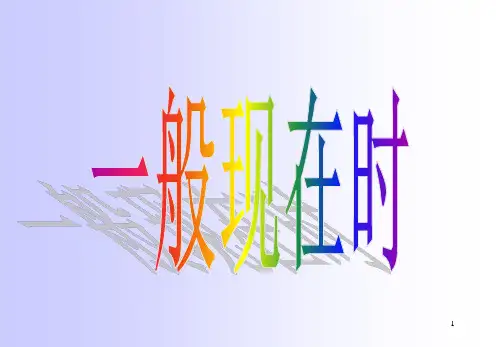初中英语语法之一般现在时趣味讲解 共18张
- 格式:ppt
- 大小:3.18 MB
- 文档页数:18

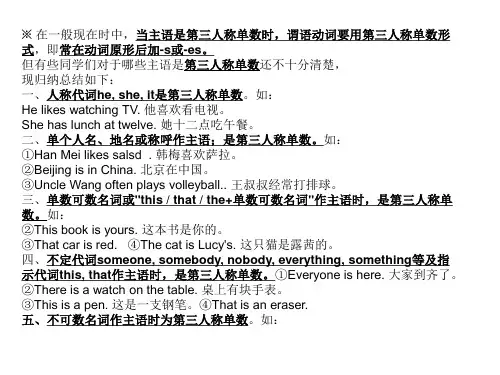
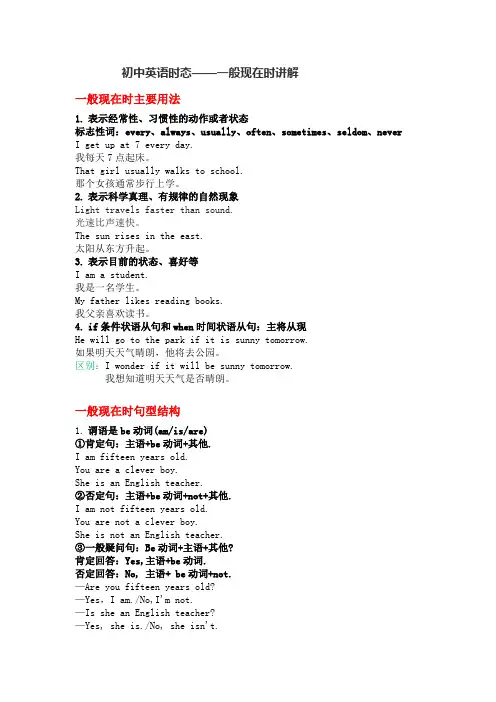
初中英语时态——一般现在时讲解一般现在时主要用法1.表示经常性、习惯性的动作或者状态标志性词:every、always、usually、often、sometimes、seldom、never I get up at 7 every day.我每天7点起床。
That girl usually walks to school.那个女孩通常步行上学。
2.表示科学真理、有规律的自然现象Light travels faster than sound.光速比声速快。
The sun rises in the east.太阳从东方升起。
3.表示目前的状态、喜好等I am a student.我是一名学生。
My father likes reading books.我父亲喜欢读书。
4.if条件状语从句和when时间状语从句:主将从现He will go to the park if it is sunny tomorrow.如果明天天气晴朗,他将去公园。
区别:I wonder if it will be sunny tomorrow.我想知道明天天气是否晴朗。
一般现在时句型结构1.谓语是be动词(am/is/are)①肯定句:主语+be动词+其他.I am fifteen years old.You are a clever boy.She is an English teacher.②否定句:主语+be动词+not+其他.I am not fifteen years old.You are not a clever boy.She is not an English teacher.③一般疑问句:Be动词+主语+其他?肯定回答:Yes,主语+be动词.否定回答:No, 主语+ be动词+not.—Are you fifteen years old?—Yes,I am./No,I'm not.—Is she an English teacher?—Yes, she is./No, she isn't.④特殊疑问句:特殊疑问词+be动词+主语+其他? Where are they?2.谓语动词是实义动词主语是第一人称、第二人称、第三人称复数:①肯定句:主语+动词原形+其他.I have a lot of interesting books.You look nice in the dress.They go shopping every weekend.②否定句:主语+don't+动词原形+其他.I don't have a lot of interesting books.You don't look nice in the dress.They don't go shopping every weekend.③一般疑问句:Do+主语+动词原形?肯定回答:Yes,主语+do.否定回答:No, 主语+ don't.—Do you have a lot of interesting books?—Yes, I do./ No, I don't.④特殊疑问句:特殊疑问词+do+主语+动词原形+其他? When do you go to school?What do they like?主语是第三人称单数:①肯定句:主语+动词第三人称单数+其他.He has a short black hair.Helen likes juice.②否定句:主语+doesn't+动词原形+其他.He doesn't have short black hair.Helen doesn't like juice.③一般疑问句:Does+主语+动词原形+其他?肯定回答:Yes,主语+does.否定回答:No, 主语+doesn't.—Does he have short black hair?—Yes, he does./No, he doesn't.④特殊疑问句:特殊疑问词+does+主语+动词原形+其他? Which subject does your sister like best?Where does he often go after school?3. 谓语是情态动词①肯定句:主语+情态动词+动词原形+其他.I can draw beautiful pictures.He can speak English well.They can borrow some magazines from the library.②否定句:主语+情态动词+not+动词原形+其他.I can't draw beautiful pictures.He can't speak English well.They can't borrow some magazines from the library.③一般疑问句:情态动词Can+主语+动词原形?肯定回答:Yes,主语+情态动词.否定回答:No, 主语+ 情态动词+not.—Can you play volleyball?—Yes,I can./No, I can't.④特殊疑问句:特殊疑问词+情态动词+主语+动词原形+其他?回答:主语+情态动词+动词原形+其他.—What can you do?—I can play the piano.第三人称单数一、人称代词he, she, it是第三人称单数。
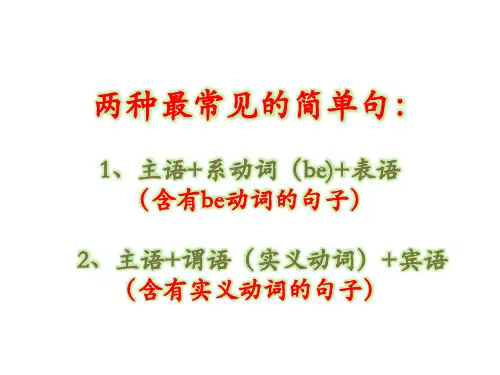
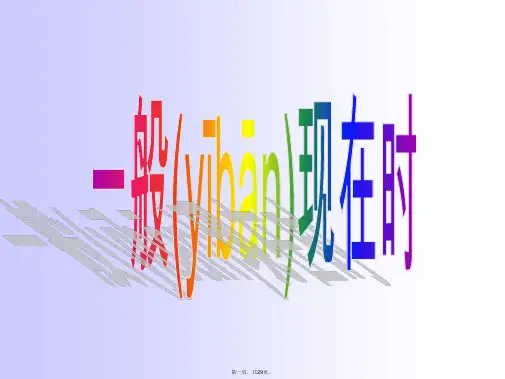
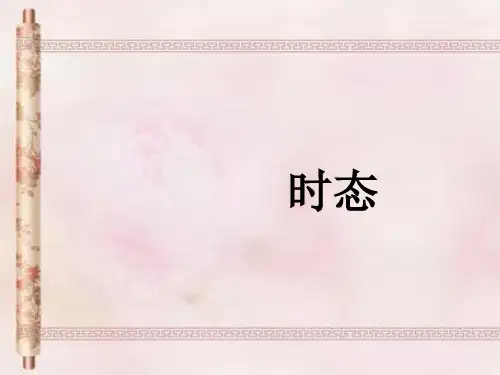
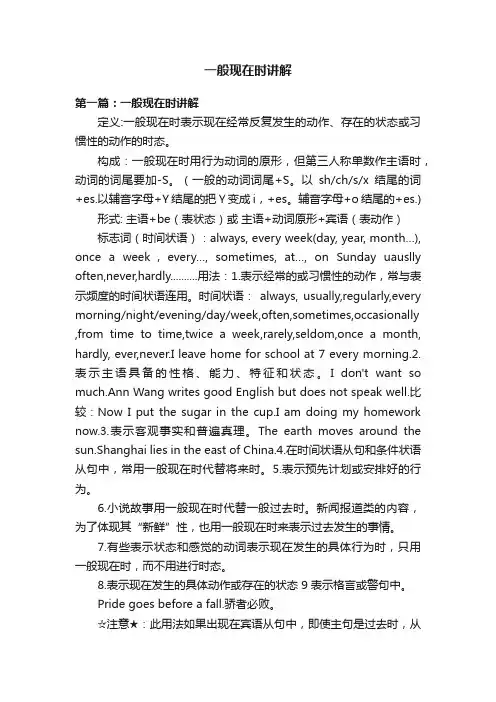
一般现在时讲解第一篇:一般现在时讲解定义:一般现在时表示现在经常反复发生的动作、存在的状态或习惯性的动作的时态。
构成:一般现在时用行为动词的原形,但第三人称单数作主语时,动词的词尾要加-S。
(一般的动词词尾+S。
以sh/ch/s/x结尾的词+es.以辅音字母+Y结尾的把Y变成i,+es。
辅音字母+o结尾的+es.) 形式: 主语+be(表状态)或主语+动词原形+宾语(表动作)标志词(时间状语):always, every week(day, year, month…), once a week,every…, sometimes, at…, on Sunday uauslly often,never,hardly..........用法:1.表示经常的或习惯性的动作,常与表示频度的时间状语连用。
时间状语:always, usually,regularly,every morning/night/evening/day/week,often,sometimes,occasionally ,from time to time,twice a week,rarely,seldom,once a month, hardly, ever,never.I leave home for school at 7 every morning.2.表示主语具备的性格、能力、特征和状态。
I don't want so much.Ann Wang writes good English but does not speak well.比较:Now I put the sugar in the cup.I am doing my homework now.3.表示客观事实和普遍真理。
The earth moves around the sun.Shanghai lies in the east of China.4.在时间状语从句和条件状语从句中,常用一般现在时代替将来时。



英语一般现在时全面讲解附练习及答案一、定义与讲解一般现在时:表示经常性,习惯性的动作或状态。
结构:动词原形(第三人称单数-动词+s/es)。
第三人称单数变化:(1)直接在动词词尾加-s.(2)以字母s, x, ch, sh或o结尾的动词,在词尾直接加-es.(3)以“辅音字母加- y”结尾的动词,要先变y为i再加-es.2.不规则变化:二、一般现在时用法1. 表示经常性,习惯性,永久性的动作或存在的状态.通常与副词sometimes, often, usually, always, every day (year, month ), once (twice, three times) a day,等时间状语连用。
2. 表示客观真理,科学原理,自然现象,等客观事实或格言,谚语等。
三、一般现在时的句子转换:(1)当句子中有be动词或情态动词时,则把be动词或情态动词(can,could等等)提到主语的前面变成疑问句;在be动词或情态动词后面加not变成否定句.(2)当句子中即没有be动词,也没有情态动词时,则在主语前加助动词do (you,以及复数), does(单数she,he,it)变成问句;在主语后谓语动词前加助动词don’t(I,you,以及复数), doesn’t(单数she,he,it)变成否定句,助动词后的动词要变成动词原形。
名师解析1.________ you often ________ tea?A.Do;drinks B.Does;drink C.Do;drink分析:你经常喝茶吗?根据often可知句子为一般现在时,主语为you,用助动词Do提问,动词用原形,C 符合题意,故选C。
2.My legs .A.hurt B.hurts C.hurting分析:我的腿……。
A痛,动词原形;B痛,动词单三形式,主语是名词复数,谓语动词用原形,排除;C痛,现在分词,用于现在进行时,构成be doing,缺少be,排除。
